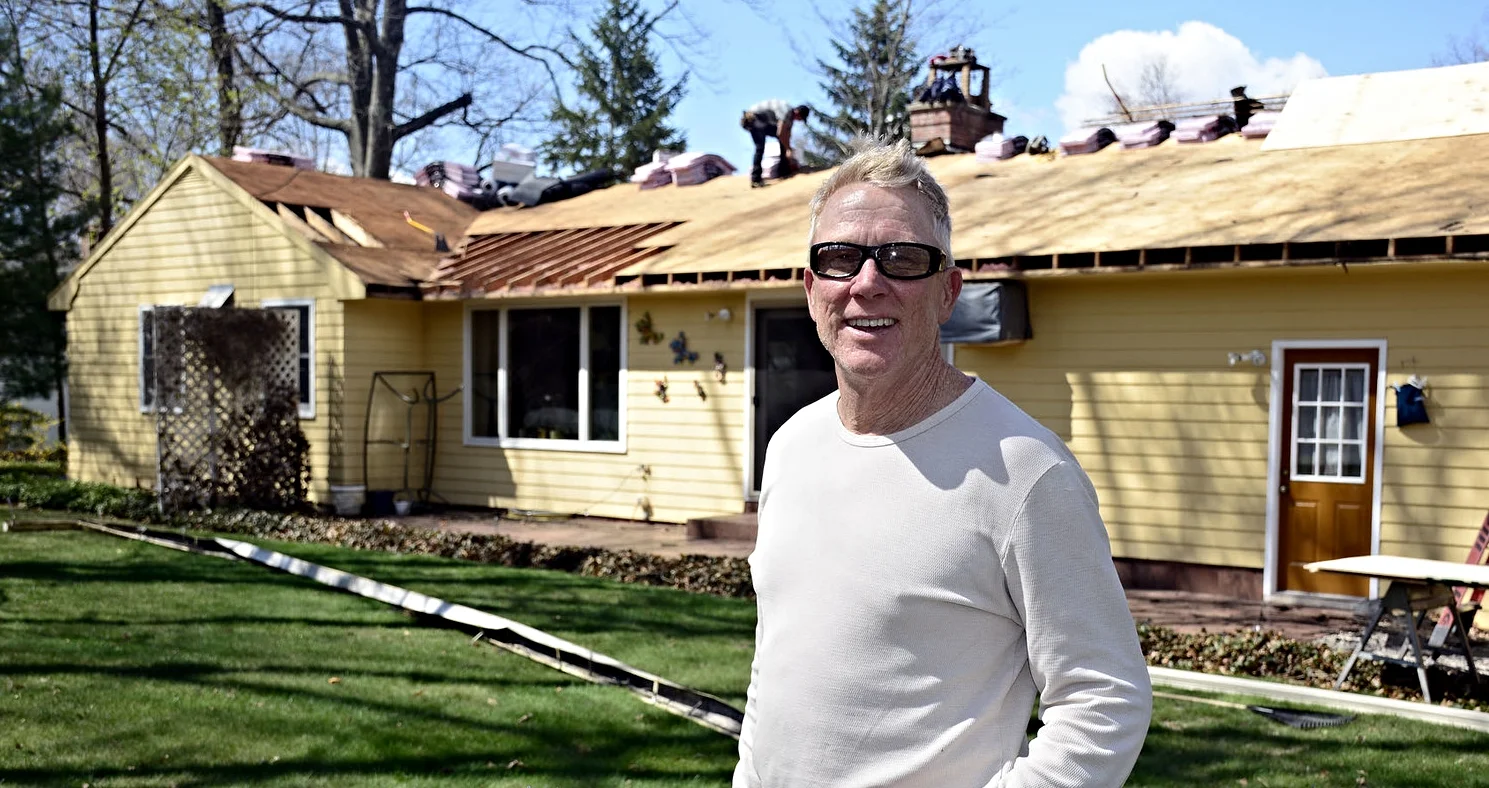Banishing Basement Odors
Chelsea O'Donnell
Most people think that a musty-smelling basement is normal. After all, isn’t that what you would expect from a part of the house that’s underground? The truth is that, while common, that damp odor that’s become expected is actually a sign of something more sinister than smell.
First, let’s address the odor. Since basements are damper than any other part of the house, they are susceptible to higher humidity. Where there is high humidity, there is also a high chance for mold and mildew to spore. Why is this a problem? In addition to being bad for your home’s health, it’s terrible for yours too. Mold and mildew can bring on asthma and allergies and can make anyone with a respiratory problem feel a lot worse.
The ideal humidity level for most homes is 50%, but in basements, humidity can often skyrocket, which is the perfect environment for mold to flourish. If your basement seems extra damp, I highly suggest investing in a dehumidifier that will work to draw the moisture out of the air. You’ll be shocked at how quickly the holding tank on an average-sized unit fills. You may have to dump it daily, but in doing so you’ll be removing moisture that allows mold to grow in the first place.
Once you have rid your basement of extra moisture, it’s time to purify the air. Overly humid areas attract a lot of bacteria, which is what causes the smell in the first place. That bacteria can live in walls and spread into your fabrics, furniture, and storage. By killing the bacteria in the air, you will remove contaminants that not only stink, but can also cause or irritate allergies, asthma, and immune system disorders.
One of the best air dehumidification and purification units I’ve seen is by Aerus. They produce a system that uses NASA technology to remove pathogens, pollution, contaminants, and even pet dander from the air. Regardless of what brand you go with, be sure to look for a unit that has the EnergyStar seal, and make sure that you pay attention to the capacity of the air filtration as it pertains to your room size. If you have a big space with a lot of moisture, you might want to consider a unit that has a self-draining system to save your back and your patience.
Regardless of your plan of attack, the air quality in your home should be taken seriously. If your kids are coughing or have allergies and you seem to have difficulty breathing at home, it might be worth a call to your local pro for an air quality inspection. The symptoms of a mold allergy are not dissimilar to a common cold or even COVID, so a simple reading of your in-home humidity might be a smart step once other things are ruled out.
Bob O’Donnell is the owner of O’Donnell Bros. Inc., a Bristol-based home improvement company established in 1975. Email your questions to info@odonnellbros.com with the subject line “Ask the Pro.” All questions may be considered for publication. To contact Bob for your remodeling needs, call O’Donnell Bros. Inc. at (860) 589-5155 or visit http://www.odonnellbros.com. Advice is for guidance only.
